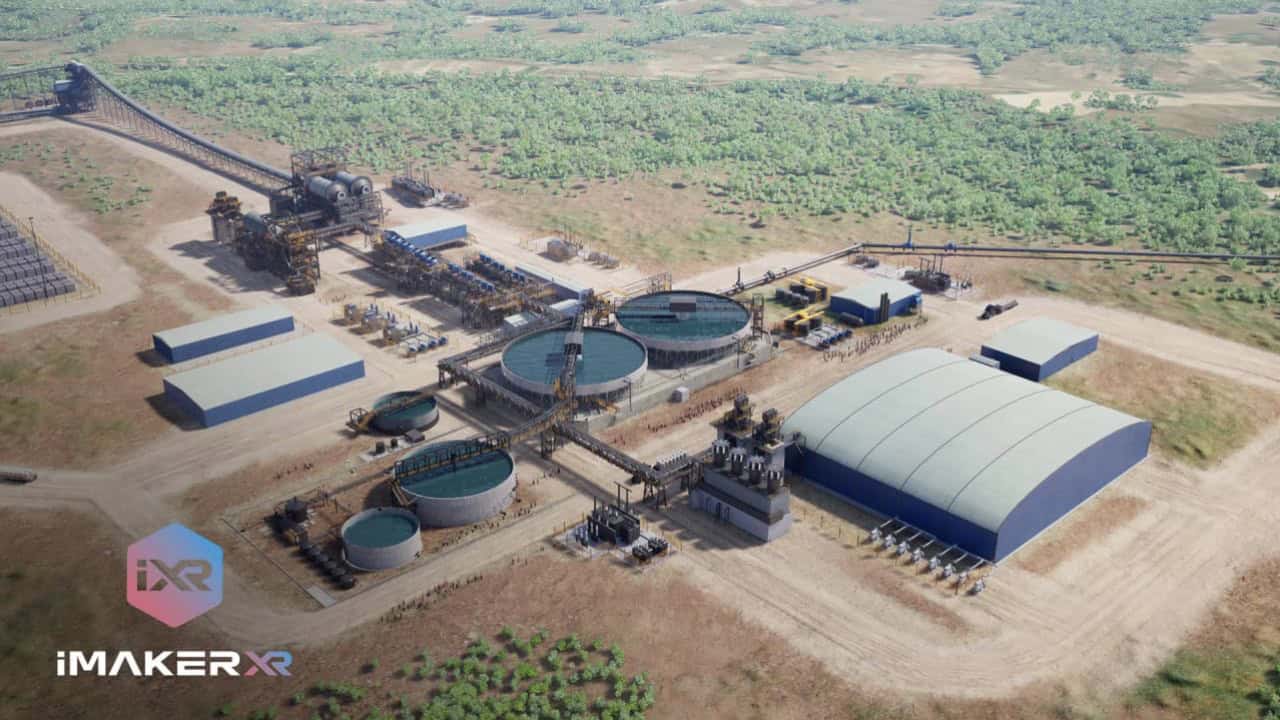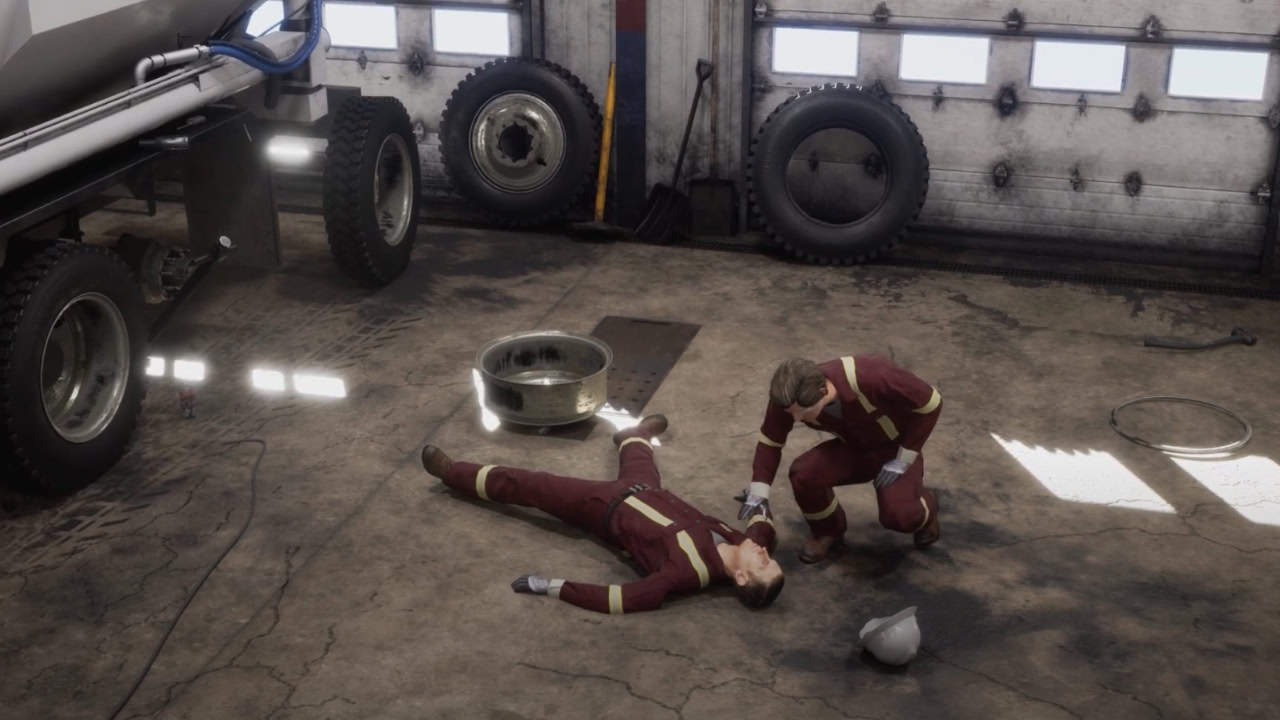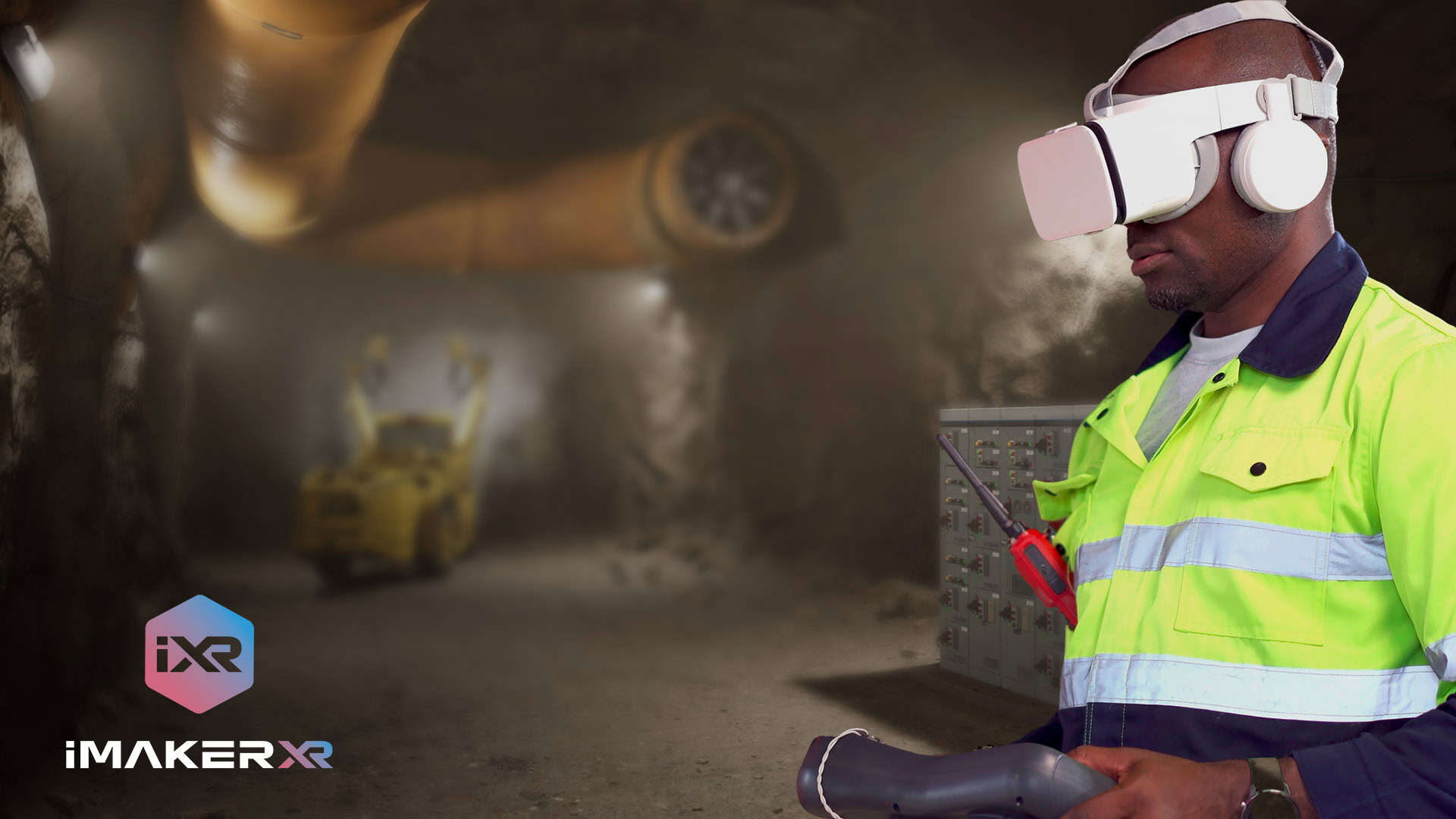

In the ever-evolving field of workplace safety, organizations are consistently exploring innovative strategies to enhance their health and safety training programs. A notable advancement in this context is the incorporation of animation. Health and safety animation adeptly translates complex safety protocols, procedures, and statistics into compelling visual narratives, significantly improving learner comprehension and retention. Employing dynamic storytelling in conjunction with visually engaging graphics captures employees’ attention and fosters a deeper understanding of safety practices. The following section will analyze how health and safety animations transform Health, Safety, and Environment (HSE) training, making it more accessible, memorable, and effective for individuals across various industries.
Before diving in, let us know what health and safety animation is. Health and safety animation uses animated visual content—such as 2D and 3D animations, virtual reality, infographics, and videos—designed to educate and inform employees about workplace safety protocols and best practices. These animations serve as a compelling medium to present complex safety information in an engaging and easily digestible way.
The primary purpose of health and safety animation is to simplify and clarify safety concepts, turning intricate procedures into relatable and understandable content. For instance, rather than relying solely on textual descriptions or static images, animations can demonstrate processes such as emergency evacuations, equipment handling, and hazard recognition in a lively manner. This not only aids comprehension but also helps with retention, ensuring that the safety message sticks with employees long after the training session ends.
The rise of animated health and safety videos marks a notable progression in training methodologies, especially in industries where adherence to safety regulations is crucial. The success of these videos relies on several essential factors that improve employee learning and bolster information retention. Now, let’s explore key factors that contribute to the effectiveness of health and safety animation videos.
A principal advantage of animated videos is their capacity to engage viewers visually. In contrast to traditional training approaches, which often rely heavily on extensive text, statistics, or static images, animations utilize motion, sound, and color to capture attention. This dynamic presentation stimulates viewer interest and encourages sustained focus, increasing the likelihood of information absorption.
Animated health and safety videos are adept at deconstructing intricate safety protocols into manageable and comprehensible segments. By employing clear visuals and relatable scenarios, animations simplify challenging subjects—such as chemical handling or emergency procedures—in a manner that simplifies understanding. Through storytelling and relatable characters, employees can envision themselves in the depicted situations, enhancing comprehension and applicability to their daily responsibilities.
Health and safety animations frequently portray realistic workplace scenarios that employees may encounter, such as emergency evacuations, machinery operations, and hazard awareness. These simulations prepare employees for real-world situations, allowing them to visualize appropriate responses. This practical training approach can significantly enhance employees’ confidence in addressing potential hazards, improving safety results.
One of the primary goals of health and safety training is the identification and reduction of workplace risks. Animated health and safety videos play a pivotal role in achieving effective risk mitigation strategies by harnessing the power of visual storytelling and scenario-based learning. Here’s how they contribute to creating safer work environments:
Health and safety animation videos allow for the consistent delivery of important messaging across all training sessions and locations. This guarantees that every employee, regardless of location or training schedule, will receive uniform education and understanding of safety protocols.
Health and safety animation has emerged as a transformative tool for health, safety, and environmental (HSE) training. By leveraging the power of visual storytelling, animations effectively capture attention, enhance understanding, and promote employee engagement. They break down complex safety protocols into digestible, relatable content, making it easier for workers to grasp the importance of adhering to safety measures. Furthermore, the consistent and accessible nature of animated training ensures that critical safety information is uniformly disseminated, reducing the risk of miscommunication and fostering a culture of safety within organizations.
As workplaces continue to evolve, integrating health and safety animations in training programs represents a proactive step towards mitigating risks and protecting employees. By prioritizing innovative educational approaches, companies can improve safety outcomes and empower their workforce to take an active role in cultivating a safer work environment. Ultimately, adopting health and safety animation is a testament to the importance of evolving training methods to meet the needs of today’s dynamic workplace, ensuring that every employee is equipped with the knowledge and confidence to navigate their work safely.
In creating health and safety animation, collaboration with cutting-edge teams can significantly elevate the quality and effectiveness of training programs. iMakerXR distinguishes itself as a frontrunner in this field, utilizing state-of-the-art technology and imaginative storytelling to produce captivating animations that enrich the learning experience.
We leverage a combination of 3D modeling, interactive elements, and dynamic visual effects to create engaging narratives that resonate with employees. This approach captures attention and facilitates better retention of information, which is vital for recalls during real-life scenarios. Let us know how we can help you with your health and safety animation needs.

